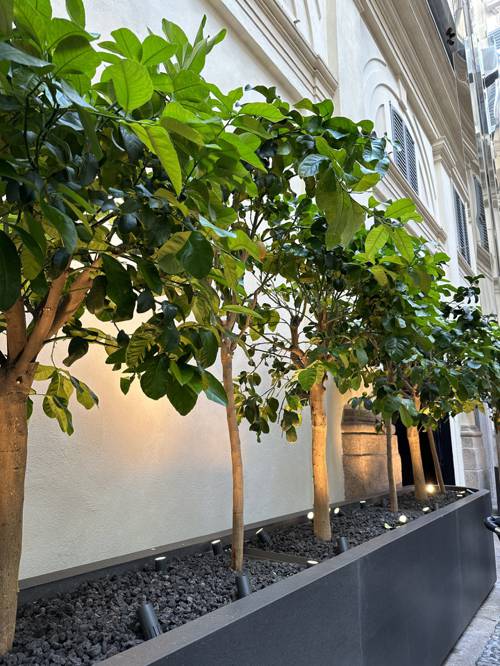
FAQ About Indoor Plant Sentient Growth Responses

What are sentient growth responses in indoor plants?
Sentient growth responses in indoor plants refer to their ability to sense and respond to environmental stimuli such as light, gravity, and touch. These responses allow plants to optimize growth and enhance survival by adapting to changes in their surroundings. Examples include phototropism, where plants grow towards light, and gravitropism, which involves growth in response to gravity.

How do indoor plants respond to light?
Indoor plants respond to light through a process called phototropism. This is when plants grow towards the direction of light in order to maximize photosynthesis. Photoreceptors in the plant perceive light and trigger growth hormones such as auxin to accumulate on the side of the plant that is shaded, causing the plant to bend towards the light source.

What is gravitropism in plants?
Gravitropism, also known as geotropism, is the growth response of plants to gravity. Roots exhibit positive gravitropism, growing downward into the soil, while stems exhibit negative gravitropism, growing upwards. This response ensures that the roots are able to anchor the plant and access water and nutrients from the soil, while the stem grows towards the light for photosynthesis.

Do indoor plants respond to touch?
Yes, indoor plants can respond to touch, a phenomenon known as thigmotropism. This response is evident in climbing plants and vines, which coil around structures for support, and in plants like the sensitive plant (Mimosa pudica), which closes its leaves when touched. Such responses help protect plants from harm and assist in structural support and growth.

How can light exposure be optimized for indoor plants?
To optimize light exposure for indoor plants, consider their specific light requirements. Some plants thrive in bright, indirect sunlight, while others prefer low light. Position plants near windows with suitable sunlight conditions, use grow lights to supplement natural light if necessary, and rotate plants regularly to ensure even light exposure on all sides.

Can indoor plants adapt to varying light conditions?
Many indoor plants can adapt to varying light conditions, but the extent depends on the species. Plants like snake plants and pothos are more tolerant of low-light conditions, while others such as succulents and peace lilies may require brighter light. Gradual changes in light conditions rather than abrupt shifts help plants acclimate more effectively.

How do hormones play a role in plant stimuli responses?
Plant hormones, such as auxins, gibberellins, and cytokinins, play crucial roles in mediating stimuli responses. Auxins, for example, are involved in cell elongation during phototropism and gravitropism. These hormones distribute unevenly in plant tissues in response to stimuli, triggering growth patterns that allow plants to adapt to environmental changes.

Why is it important for indoor plants to respond to gravity?
Responding to gravity allows indoor plants to orient their growth correctly—roots grow downwards (positive gravitropism) to anchor the plant and access water/nutrients, while stems grow upwards (negative gravitropism) towards light for photosynthesis. Proper orientation facilitated by gravity responses is crucial for the plant's overall stability and resource acquisition.

Are there benefits to stimulating plant movements indoors?
Stimulating plant movements indoors, such as through gentle touch or rotating plants, can promote health in certain species. For instance, physical interaction may strengthen stems, encourage structural robustness, and prevent disease by promoting air circulation around leaves. However, care should be taken to avoid overstressing the plants.
